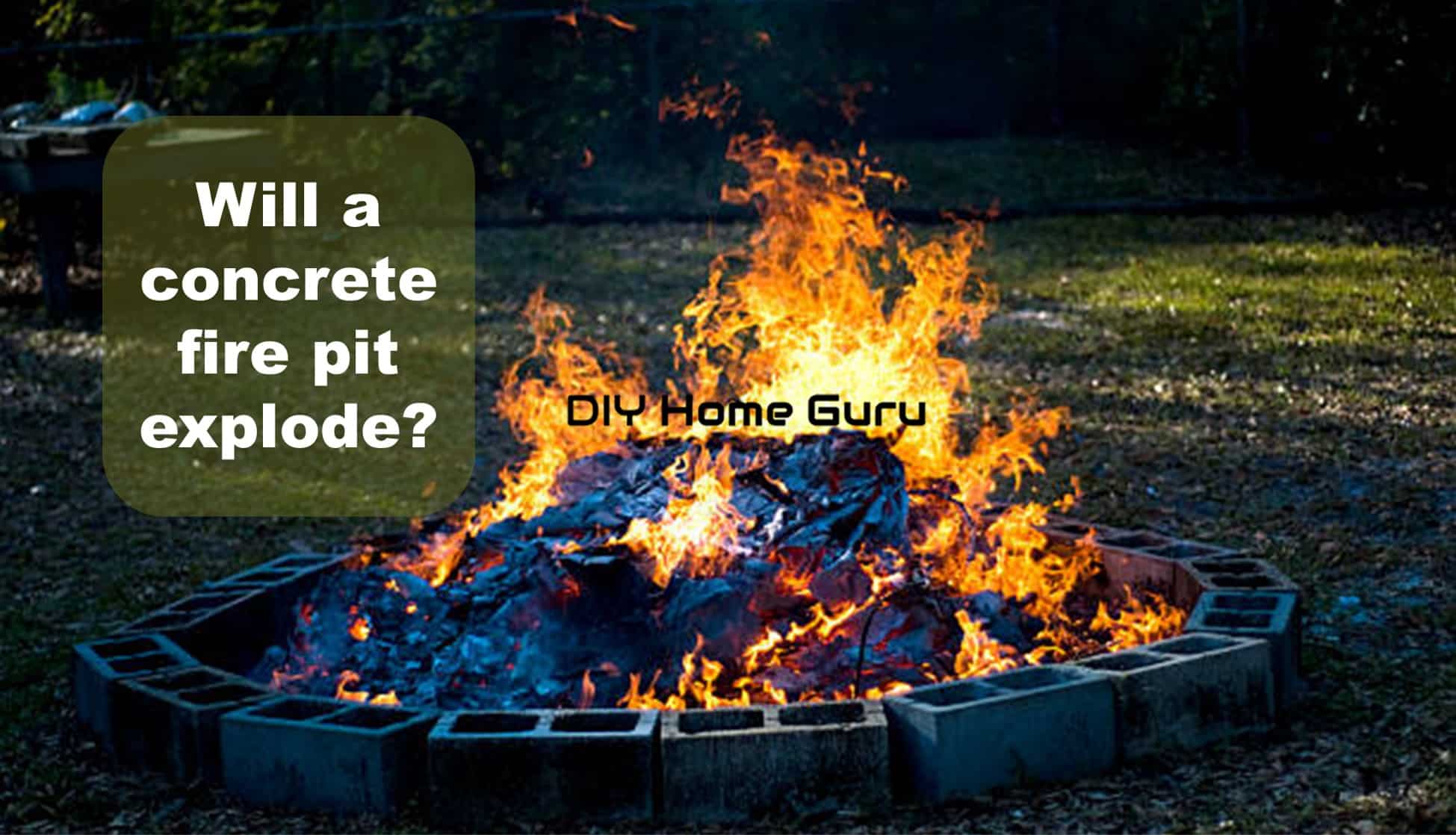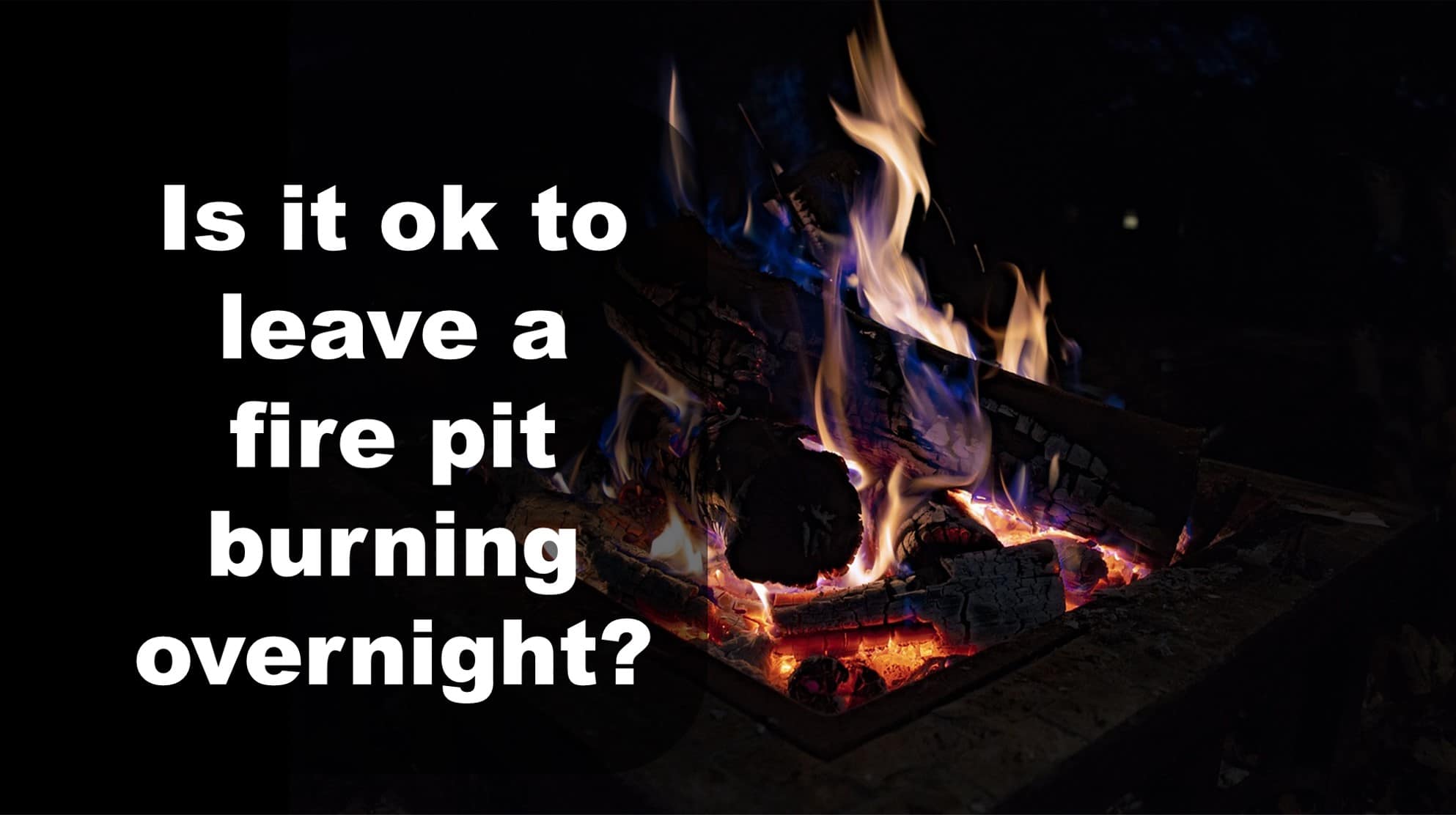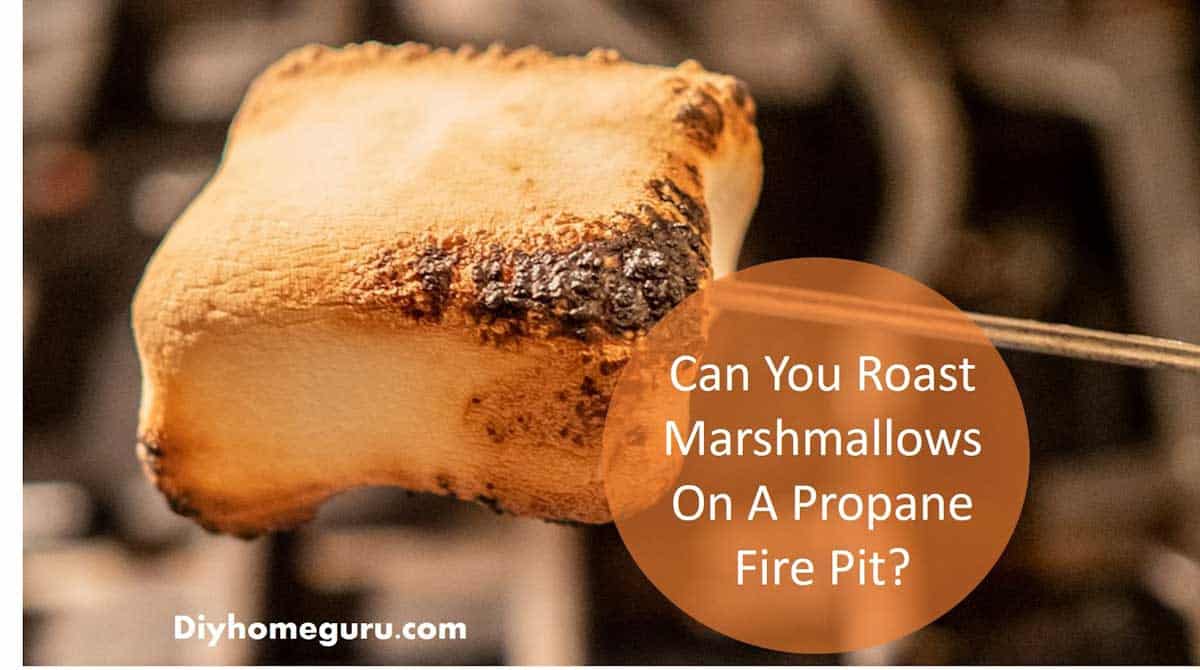DIY-ing is trending. With COVID seemingly not wanting to subside, it is all the more necessary to do as much of your work on your own as possible. What about carpentry? Plumbing? You ask? Another one, for which you have probably stumbled upon this blog: How to Build a DIY Firepit Without Mortar? Can I do it on my own? You must be thinking.
Well, you can, it is possible!
In this blog about How to Build a DIY Firepit Without Mortar, you will find everything needed and the steps that are involved in, well, DIY-ing it all.
Tools and Materials
You can build a firepit, much like the store’s quickly workable one—but better—right in your backyard. Some basic tools, a little bit industry-level ones, include a brick hammer, a bucket, a concave jointer and concrete float.
Make sure you get an automatic drill while you are at it. A level, margin trowel and a Mason’s, too, along with safety glasses, a spade, a tuckpointing tool, and wheelbarrow are also needed.
As for materials, you will want to stock up around at least a 150 face bricks, 50 firebricks, cardboard concrete form of 36 inches and 48 inches, a half-gallon or bucket of refractory cement, 80 pounds bags of concrete mix, and two 10 feet lengths of 3/8 inches rebar.
Read ahead on how to get started.
Playing It Safe and Getting a Foot in the Door
A pit requires some digging. To be on the safe side and not to dig in an area where there are major pipelines, take a look at your house’s blueprints (if you have them or can get from your builder). Make sure you dig a safe distance from your house. The first step after this is to mark your fire pit.
Make sure the hole is around 8 inches deep and 3 inches wide. You have to avoid, at all costs, the disturbing of the pit and the soil therein; it could ruin it for you. With a level (or a stick long enough) check the bottom of the hole for anything suspicious. Compact the soil, then, with relevant materials.
Forming and Structuring
Use rebar. Bend it into semi-circles for the pit and make sure you secure them into an unbreakable connection with wiring, like a ring. Filling of the forms, halfway, though, is how you should proceed. The “ring” that you previously made now needs to be pressed into concrete for a strong foothold. However, you need to ensure it does not come in contact with the forms.
Taking care of the footing, use your shovel and bring in the remaining concrete to fill the remainder of the forms till the top. Be gentle in your tapping of the tubes so that the concrete mix is adequately positioned.
Finishing the Insides
You need to set the liner of the firebrick and dry it before you can continue. Carefully go about the process, using the firebricks from your tools to form the inside layer, dry-setting them into place atop the footing.
Now is when the regular firepit (with mortar) is, well, mortared. But we don’t want to do that, so we make our mix (more cement) to substitute the mortar-ing. Or you can opt for a brick-over-brick approach; the juxta-positioning is solely up to you. Just make sure the arrangement is sturdy enough to withstand strong winds and heavy rain.
It would help if you made holes for air to be let in, too, to accentuate flames. Simply split a break in half and under it, place a or another split brick, ensuring it and its counterpart are facing different directions (like a front, left, right sign).
The inside of the pit is now finished.
Constructing the Outside
The lining, or the outside, of the pit, has several ways to go about it. We recommend severe weathering with face brick. This is the easiest and common method for outside lining but is often not on expert’s priority, with at least 80 of your bricks, or however many you want to use depending on your style and design.
Face bricks are smaller than firebricks; you will have to see to the size difference. Make sure you appropriately slice the bricks and move ahead from there. Since there are three courses to go, you will have to see the sizes even more carefully. Make sure they expand nicely—inside out, that is.
It would not hurt to hurt some adhesive (for the bricks, since this is a no-mortar pit). Once you are done with a layer, leave it for around 15 minutes to dry before continuing with the rest.
The Last Mile
You are almost done.
You want to give the wall of your making a refined, finished look. Striking in the right places for the cement to take hold works. The top lip also needs to be finished.
For this, you will need around 40 bricks to make a cap. This cap will help the wall’s joints be shielded against rain, keep sparks of fire from coming out, and, of course, it will give you a nice ledge to put up your feet and stay warm.
Work with 10 to 12 bricks at a time, firmly placing them and moving on the next. Make sure they are nicely stuck. You can go creative, too. Use natural stones or some other material (a distant variant of stone, albeit) to make your firepit look, well, yours.
You are all set! Make sure you fill in any remaining gaps (except the air holes). Give your firepit a whole week to dry up. You can even pour some gravel at the floor of the firepit to drain any moisture or wet cement.
Enjoy the nights with roasted wienies or a fun marshmallow-at-home party with your friends.




